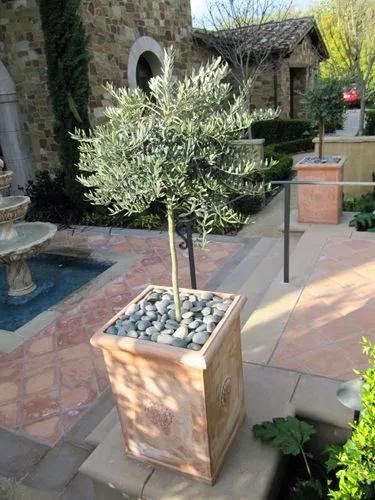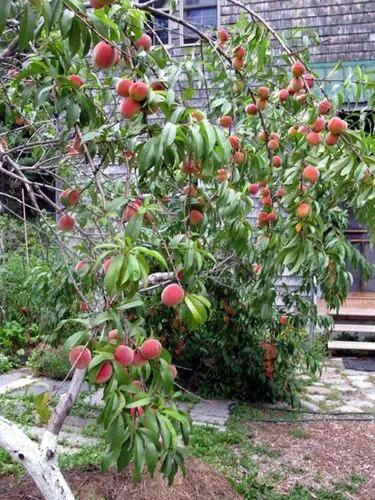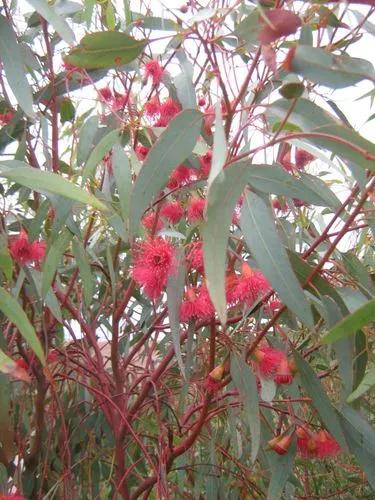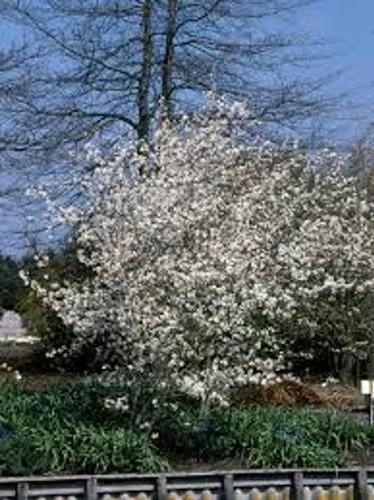Most gardeners find flowering quince to be easy to grow and care for. It grows adequately in most soil types other than alkaline clay, and pruning is necessary only if you decide to shape the shrub. Its dense, thorny growth habit makes flowering quince a good low-maintenance option where a dense, impenetrable hedge, shrub, or border is required. If you don't want the shrub to spread, then make sure to remove suckers at ground level as they appear.
Quince Care
Cydonia Oblonga Mill



How to Care for the Plant

Water

Mulch the base of the shrubs to suppress weeds and retain soil moisture. While these are reasonably drought-tolerant shrubs once established, young plants will need to be watered at times. Water in the morning so excess moisture has time to dry before evening.

Pruning

Flowering quince is susceptible to fungal leaf spot. Fireblight and scab can sometimes occur. Aphids can badly damage new growth but the damage is not life-threatening. Other insect pests include scale and mites. Chlorosis (yellowing of the foliage) can occur in high pH (alkaline) soils.

Fertilizer

Feed flowering quince with a slow-release, all-purpose fertilizer in early spring before new growth occurs, or apply compost as a soil amendment. Scatter the fertilizer carefully on the soil around the plant; do not let it touch the foliage, as it can scorch the leaves. Follow with a deep watering to distribute the fertilizer around the roots.

Sunlight

Grow flowering quince shrubs in full sun. It can grow in partial sun, but the flower display will be better if the plant is exposed to full sunlight.

Soil

Plant flowering quince shrubs in well-drained loam soil for the best flowering display. An overly alkaline soil pH can lead to problems with chlorosis, so keep the soil pH slightly acidic or neutral. These plants can be grown in clay and sandy soils but may be less vigorous.

Temperature

Maintaining an even temperature and humidity are crucial for propagating flowering quince via stem cuttings. Temperature also plays a big part in growing this plant from seeds. Once flowering quince is established, though, the plant is quite forgiving of a wide range of temperature and humidity levels. This shrub is quite cold hardy, tolerating temperatures as low as minus 25 degrees F.

Popularity

1,374 people already have this plant 122 people have added this plant to their wishlists
Discover more plants with the list below
Related articles






